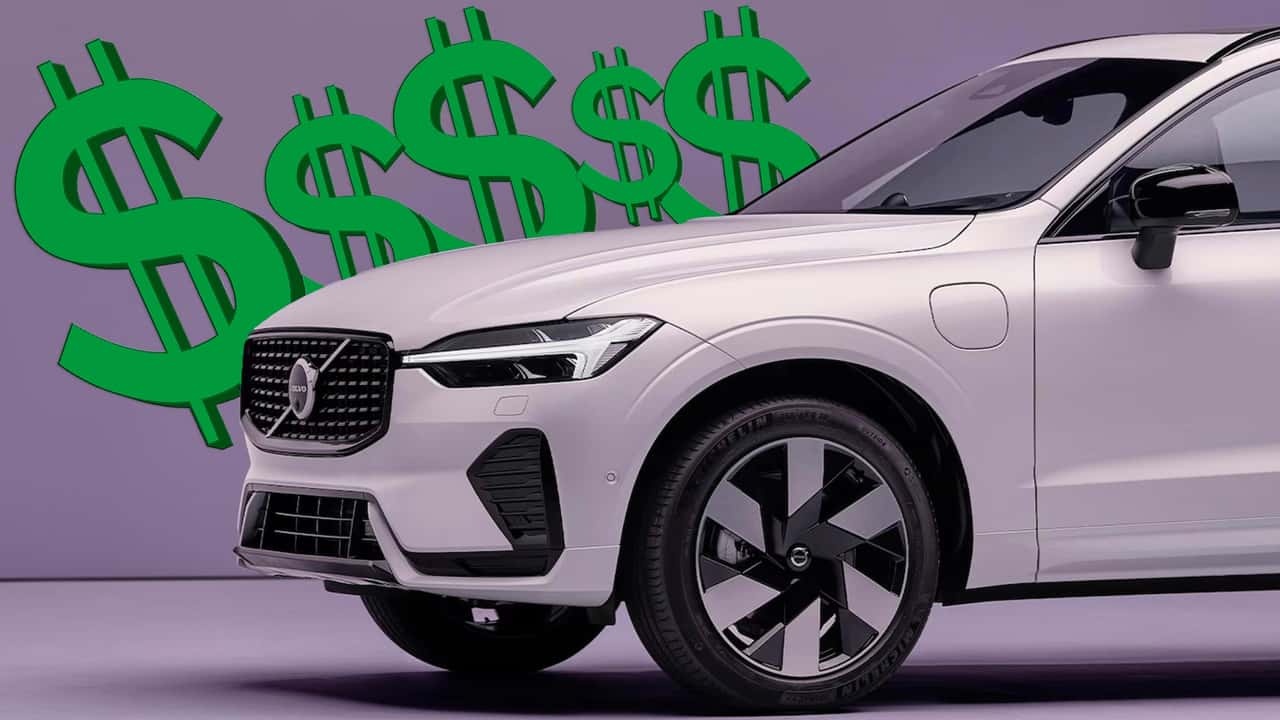- The average plug-in hybrid in the U.S. sold for just under $63,000 in July
- That’s $4,400 more than the average electric vehicle
- The benefits of PHEVs are driving prices up
Car buyers are increasingly seeing the benefits of plug-in hybrids, which offer plenty of electric range but also have a combustion engine to keep the dreaded range anxiety at bay, and PHEVs are now more in demand than ever. This increased appetite for PHEVs has made them more expensive on average compared to EVs, according to a new report.
Business Insider says the average plug-in hybrid in the U.S. sold for just under $63,000 in July, about $4,400 more than the average electric vehicle. This marks a significant change since the spring of 2022, when an EV was, on average, around $4,000 more expensive than a PHEV.
Data from the U.S. Energy Information Administration reveals that in the first quarter of 2024, plug-in hybrids’ share of the light-duty vehicle market grew from 1.7% to 2% year-over-year. Hybrids saw an even bigger resurgence in 2024, with sales up by over 30% compared to 2023. They had a market share of 8.6% in Q1, which grew to 9.6% in Q2.
For fully electric vehicles, the market share of 7.1% remained almost unchanged in 2024. Their average price went down from $57,405 in January to $56,371, which was 21.1% higher than the average for the entire light-duty vehicle segment.
In light of this apparent EV sales slowdown, manufacturers have reiterated their plans to go fully electric, promising to pivot to making more hybrids and plug-in hybrids. Toyota, Ford, Volkswagen, General Motors and even Aston Martin are some of the automakers that have announced they are either postponing the launch of some EVs, scaling back production of the ones they’re already making, or planning to shift to building more hybrid vehicles.
Even Volvo, which was one of the most vehement proponents of going fully electric by the decade’s end, with a previously announced goal to only sell EVs after 2030, has put that plan on hold (although it still has several cool EVs coming, including a large electric sedan). This is so even despite Volvo’s sales record showing that it’s already doing better than others, with about 26% of all the vehicles it sold in the second quarter being BEVs. Together with PHEVs, the share rose to 48%, surpassing its premium competitors.
In recent years, there has been a surge in demand for plug-in hybrid vehicles, fueled by growing environmental consciousness and government incentives for electric vehicles. However, this increased demand has led to a drastic rise in prices for these vehicles, much to the dismay of consumers.
Plug-in hybrid vehicles combine the benefits of traditional gasoline engines with the advantages of electric power, allowing for greater fuel efficiency and lower emissions. As governments around the world push for a transition to electric vehicles to combat climate change, more and more consumers are turning to plug-in hybrids as a greener alternative to traditional gas-guzzling cars.
While the surge in demand for these vehicles is certainly a positive sign for the environment, it has also had unintended consequences on the market. As demand for plug-in hybrids has outstripped supply, automakers have been forced to increase prices in order to capitalize on the trend. This has resulted in sky-high prices for these vehicles, putting them out of reach for many consumers.
The high prices of plug-in hybrids have also been exacerbated by the global semiconductor shortage, which has impacted the production of electric vehicles. This shortage has caused delays in the manufacturing of plug-in hybrids, further driving up prices due to limited supply.
For consumers who are looking to purchase a plug-in hybrid vehicle, the soaring prices can be a major barrier. Many are left wondering if the environmental benefits of these vehicles are worth the high cost, especially when cheaper gasoline-powered alternatives are still available.
To address this issue, governments and automakers must work together to increase production capacity for plug-in hybrids and bring prices down to a more affordable level. Incentives and subsidies for electric vehicles can also help make these vehicles more accessible to the average consumer.
In conclusion, the increased demand for plug-in hybrid vehicles has driven prices to unprecedented levels, posing a challenge for consumers who are looking to make the switch to greener transportation options. It is imperative for stakeholders to address this issue and make plug-in hybrids more affordable for the masses, in order to accelerate the transition to a more sustainable future.

